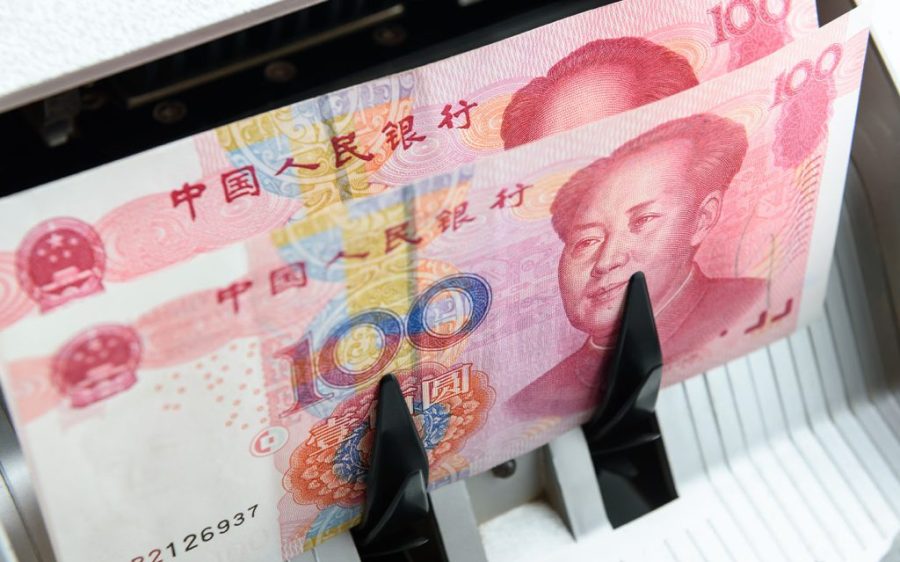New loans granted by mainland banks contracted by 50 billion yuan (US$6.97 billion) in July, marking their first fall since July 2005 and the sharpest monthly drop since December 1999, Reuters reports.
The figure was calculated using data from the People’s Bank of China (PBOC) that showed banks had extended 12.87 trillion yuan in new loans across the first 7 months of the year, and 12.92 trillion yuan between January and June. The first seven months of 2024, meanwhile, saw banks extend 13.53 trillion yuan in new loans.
July’s performance was far below analysts’ expectations of a 300 billion yuan increase for new loans.
[See more: China’s economy grew 5.2 percent year-on-year in the second quarter]
Household loans, meanwhile, shrank by 489.3 billion yuan, reversing June’s 597.6 billion yuan rise – as China’s prolonged property crisis continued to weigh on confidence. Corporate lending plunged to 60 billion yuan, down from 1.77 trillion yuan the previous month.
According to Reuters, the contraction was the result of weak private sector demand as Beijing struggles to negotiate a robust trade deal with Washington. The world’s two biggest economies have again delayed imposing new tariffs on one another, extending their former 12 August deal deadline out to 10 November.
Analysts suggest the PBOC is likely to hold off on cutting interest rates or the reserve requirement ratio for now, as China’s money supply exceeded expectations. “Monetary policy has entered a period of observation,” said Xing Zhaopeng, senior China strategist at ANZ.
Xing noted that Beijing appeared to be favouring structural monetary policy – the likes of sector-specific loans and targeted subsidies – over broad, economy-wide measures at present.






